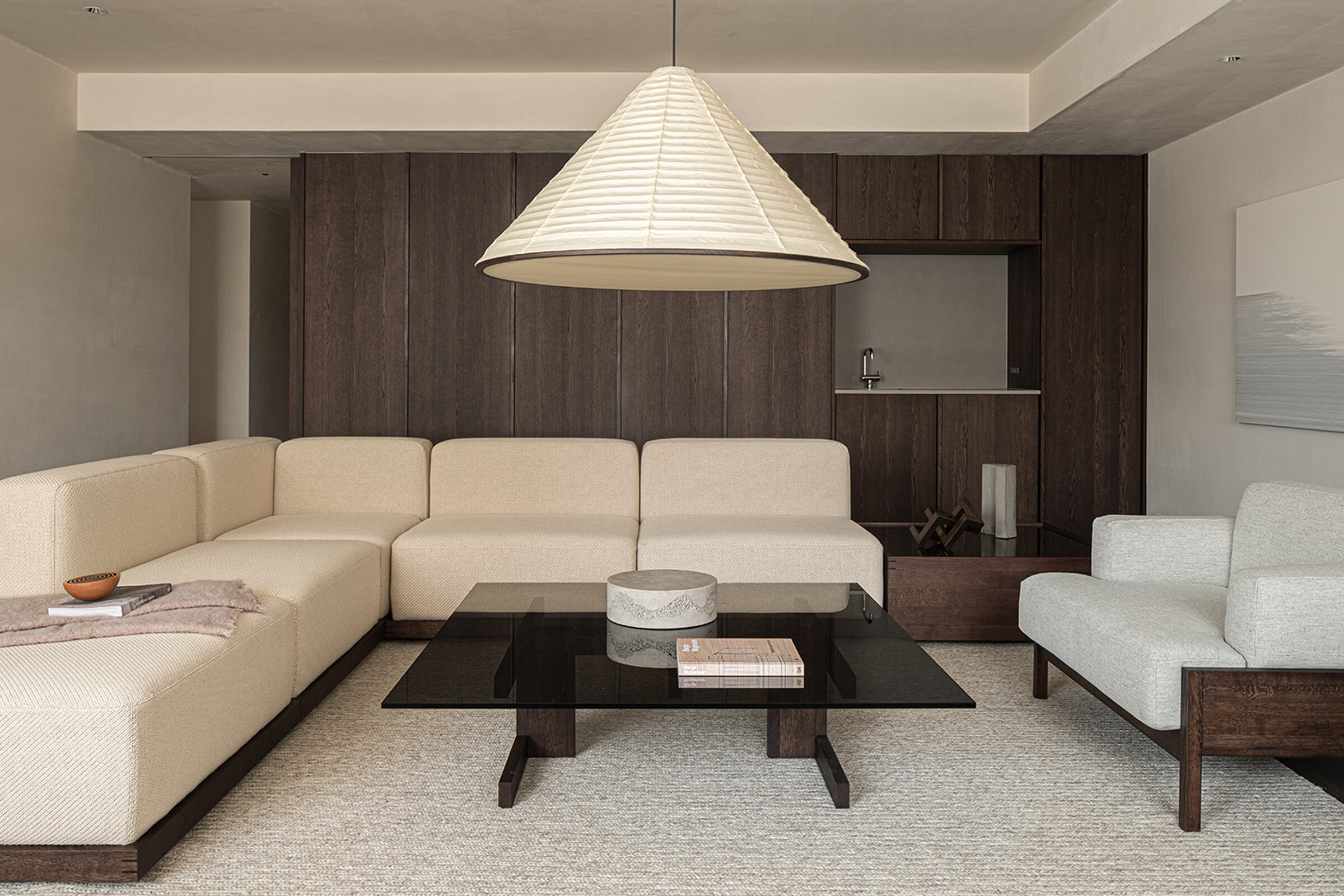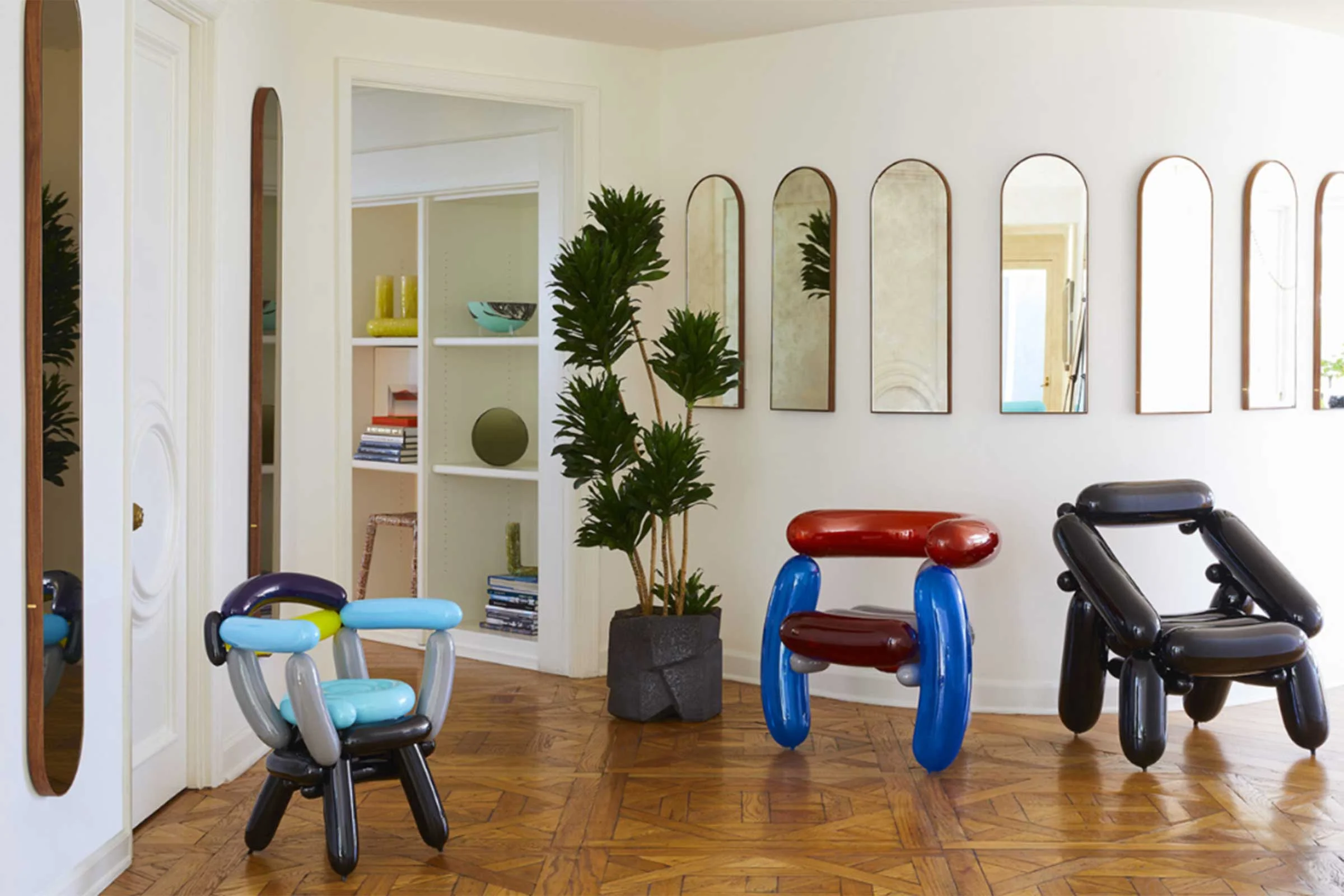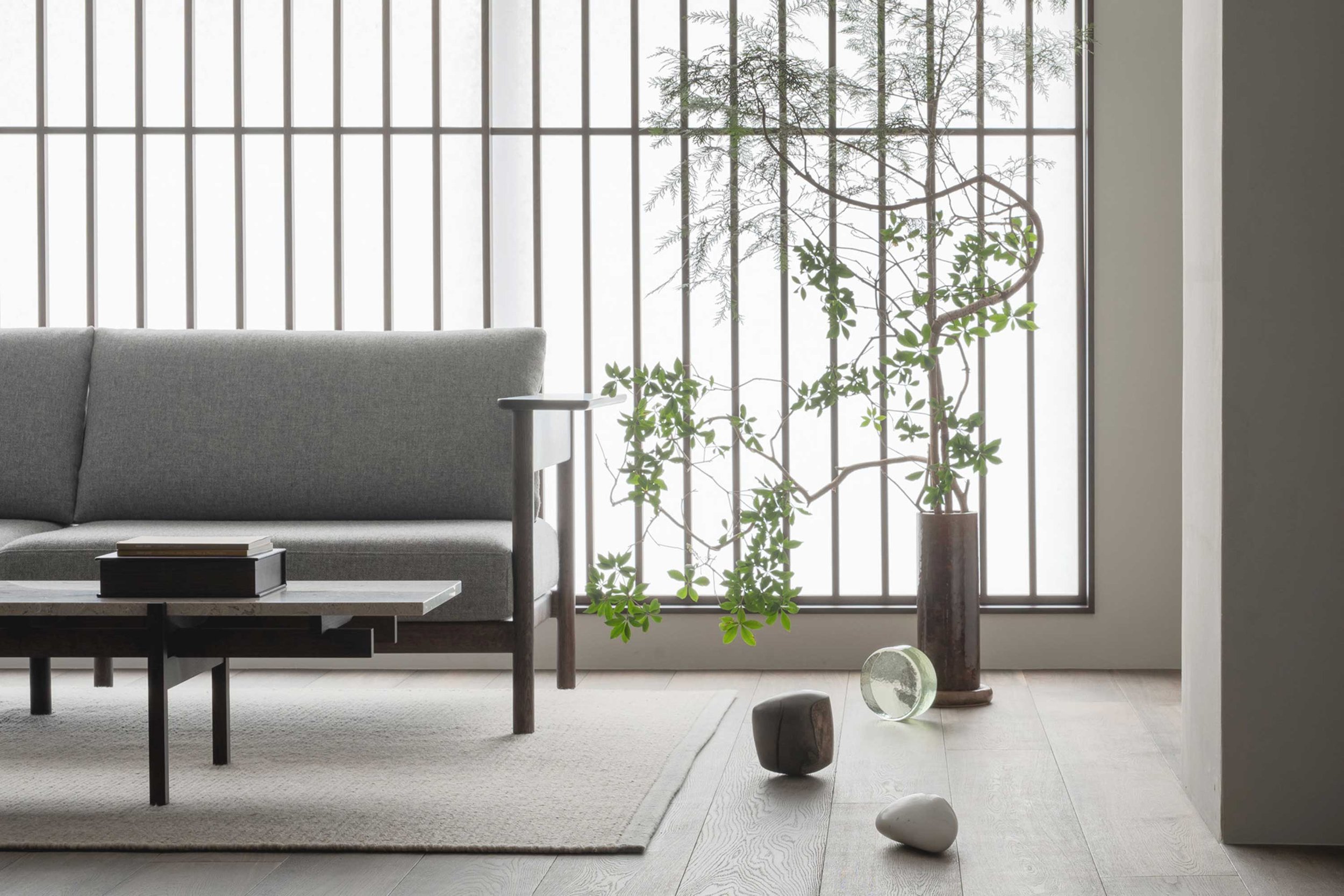Collaborative Craft

Karimoku Case Study is a collaborative project between Japan’s largest wooden furniture producer and top architects from around the world
Japan and Denmark have much in common when it comes to design, and new contemporary lifestyle brand Karimoku Case Study is a fine example. The brand launched at the 2019 edition of the 3daysofdesign festival in Copenhagen, with an exhibition that saw the Kinfolk Gallery converted into a contemporary apartment. The inaugural collection is the result of a three-way collaboration between Karimoku — Japan’s largest wooden furniture manufacturer, founded in 1940 — Danish practice Norm Architects and Tokyo-based studio Keiji Ashizawa Design.
‘One of our concepts is a deep love and respect for wood,’ says Hiroshi Kato, vice president of Karimoku. ‘That means our furniture should be long-lasting and leave time, around fifty to a hundred years, for the trees to grow and mature.’ Echoing the concept behind the Case Study Houses — the experimental programme that ran from 1945 to 1966 in the US, in which major architects such as Richard Neutra and Charles and Ray Eames were commissioned to design affordable homes — Karimoku Case Study will invite architects on a yearly or project basis to spend time at the Karimoku factory in Aichi, Japan, to work on- site and exchange ideas before designing and producing new pieces.
The Kinuta collection (Case Study 01) comprises 12 furniture pieces inspired by the temples, shrines and gardens of Japan, and its original exhibition setting was within two apartments in the Kinuta neighbourhood of Tokyo’s Setagaya ward. A collaboration between Norm Architects and Keiji Ashizawa Design, both the collection and spaces reflect a high level of artisanry, a serene feel and a timeless aesthetic achieved through the use of organic shapes, natural materials and earthy tones. ‘We want to bring back environments that are more balanced and human-centred,’ says Frederik Alexander Werner, designer and associate partner at Norm Architects. ‘We work with materials as if they were natural bodily extensions.’
The harmonious furniture pieces were created with the aim of enhancing quality of life while also embellishing the user’s lifestyle over the years. For architect Keiji Ashizawa, ‘consideration of space is a starting point for furniture design. Space rules furniture design and furniture design rules how comfortable a space is — this interaction really inspires us.’
In both Denmark and Japan, the connection to nature is not only significant in people’s daily lives but is also present in the two countries’ design traditions — a fact highlighted by the intuitive nature of this collaboration. Reflecting a human-centric and holistic approach where architecture and design meet, Karimoku Case Study presents the opportunity to rethink how spaces and furniture interact, and how they enrich one other. In what is a matter of refining rather than reinventing, the use of high-quality and honest materials places the focus on well-being, inviting the user to experience design through the senses.
‘With Karimoku Case Study and our collaborative work with architects, we want to contribute to making a perfect space that benefits both people and nature,’ Kato concludes.
Text / Karine Monié









